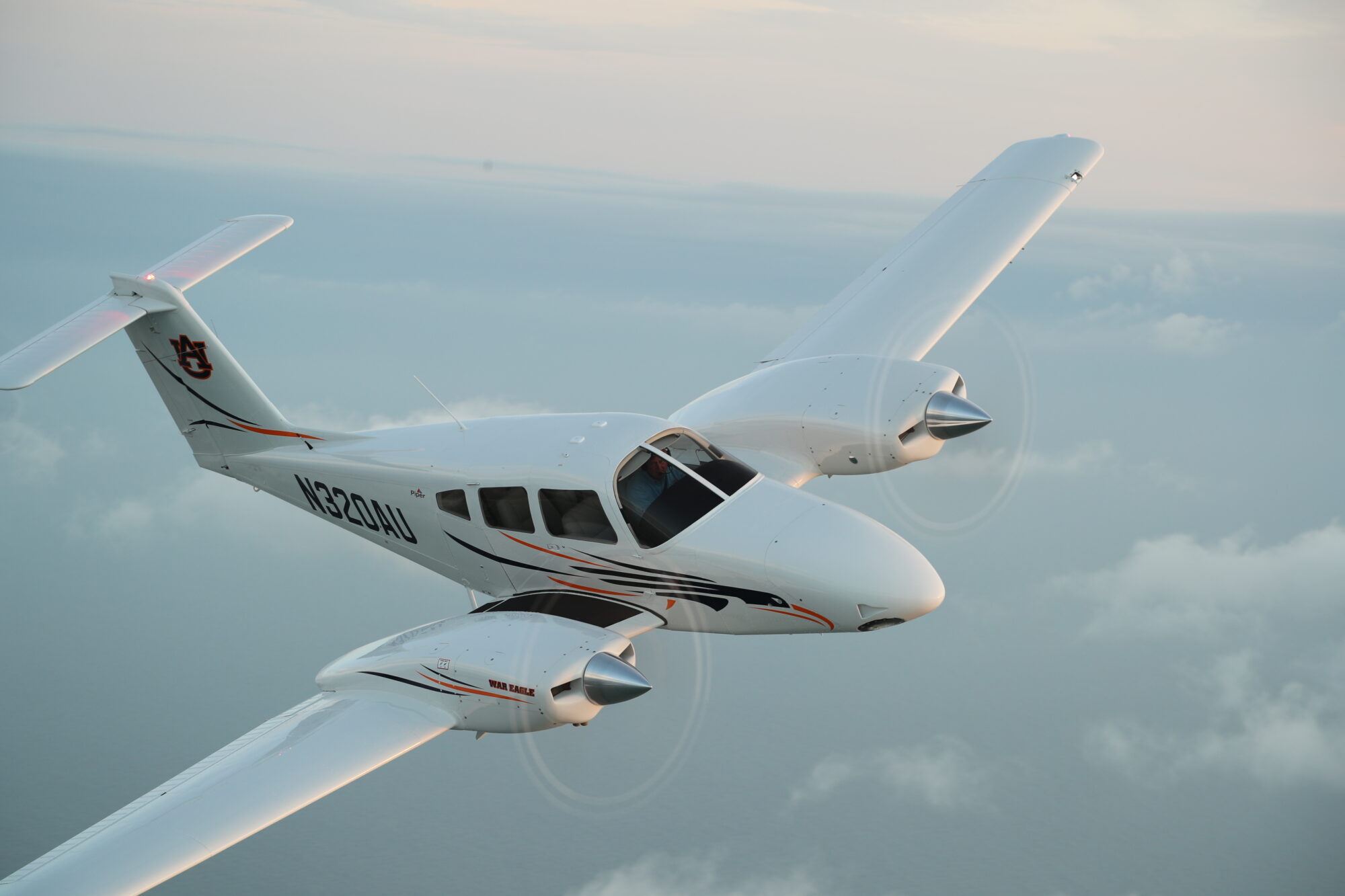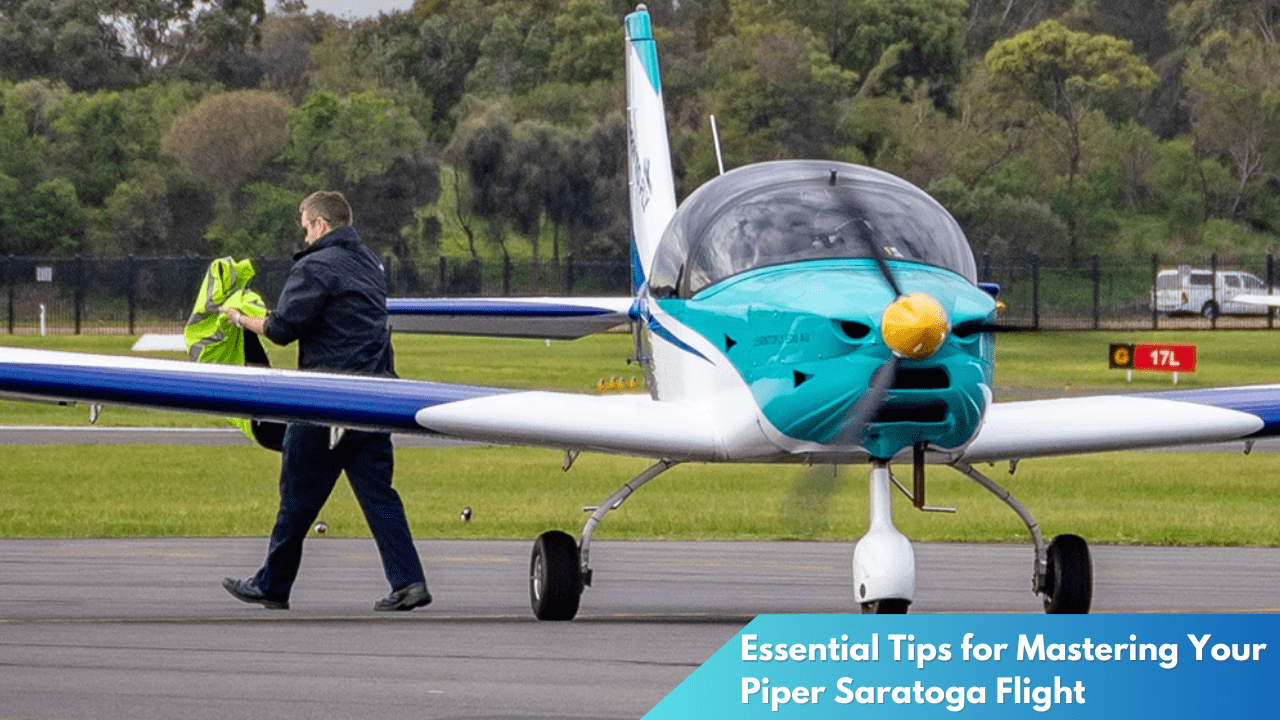Essential Tips for Mastering Your Piper Saratoga Flight
Mastering the Piper Saratoga, a versatile six-seat single-engine aircraft, requires a blend of technical knowledge and practical skills. Whether you are a seasoned pilot or new to this aircraft, understanding its unique characteristics is crucial for a safe and enjoyable flying experience. This article provides essential strategies and expert tips to help you achieve proficiency in operating this esteemed aircraft model.
Key Strategies for Flying the Piper Saratoga

The Piper Saratoga is known for its robust performance and ease of handling, but mastering it starts with understanding its engine and systems. Familiarize yourself thoroughly with the aircraft’s Lycoming IO-540 engine, paying particular attention to its power settings and fuel management. This knowledge is not only fundamental but also critical for safe operation. Regularly reviewing the Pilot’s Operating Handbook (POH) will help reinforce this understanding, ensuring that you are always prepared for any scenario.
Pre-flight preparation is another vital strategy for mastering the Saratoga. Detailed checklists should be your best friend before every flight. Ensure you conduct thorough pre-flight inspections, examining all critical components such as the fuel system, control surfaces, and avionics. By developing a systematic approach to your pre-flight routine, you minimize the risk of overlooking potential issues, thereby enhancing safety and confidence.
Understanding and managing the Saratoga’s weight and balance are essential for optimal performance. As a high-performance aircraft, it is sensitive to improper loading which can affect its stability and handling characteristics. Ensure that you calculate the weight and balance precisely for each flight, taking into account passenger and baggage configurations. Mastery in this area will contribute significantly to your overall command of the aircraft and improve your in-flight efficiency.
Enhance Your Skills with Expert Flight Tips

Developing proficiency in the Piper Saratoga is not just about technical knowledge—it’s about honing your flying skills through experience and expert advice. One valuable tip is to practice crosswind landings frequently. The Saratoga’s design allows it to handle crosswinds well, but practice is key to mastering this skill. Regular training in various wind conditions will boost your confidence and ensure smooth landings even in challenging scenarios.
Another expert tip involves mastering the use of avionics systems onboard the Saratoga. With advanced systems like GPS and autopilot, understanding their functionality is crucial. Spend time in a flight simulator if available, or use ground training tools to familiarize yourself with these systems. Efficient use of avionics will not only enhance your situational awareness but also improve navigation and flight planning.
Lastly, embrace a mindset of continuous learning and improvement. Engage with fellow Saratoga pilots and join aviation forums to share experiences and learn from others. Attend workshops and seminars, and consider working with a certified flight instructor to refine your skills. By staying current with best practices and new technologies, you ensure continued mastery of the Piper Saratoga, enhancing both safety and enjoyment in your flying adventures.
Mastering the Piper Saratoga requires dedication to learning and a commitment to safe practices. By implementing these key strategies and expert tips, you will elevate your flying experience, achieving both proficiency and confidence in this remarkable aircraft. Whether flying for business or leisure, the skills you develop will ensure that every flight is a safe and rewarding journey.



